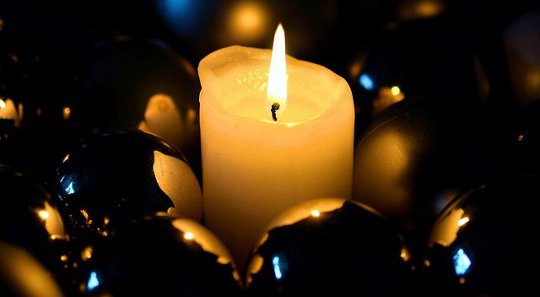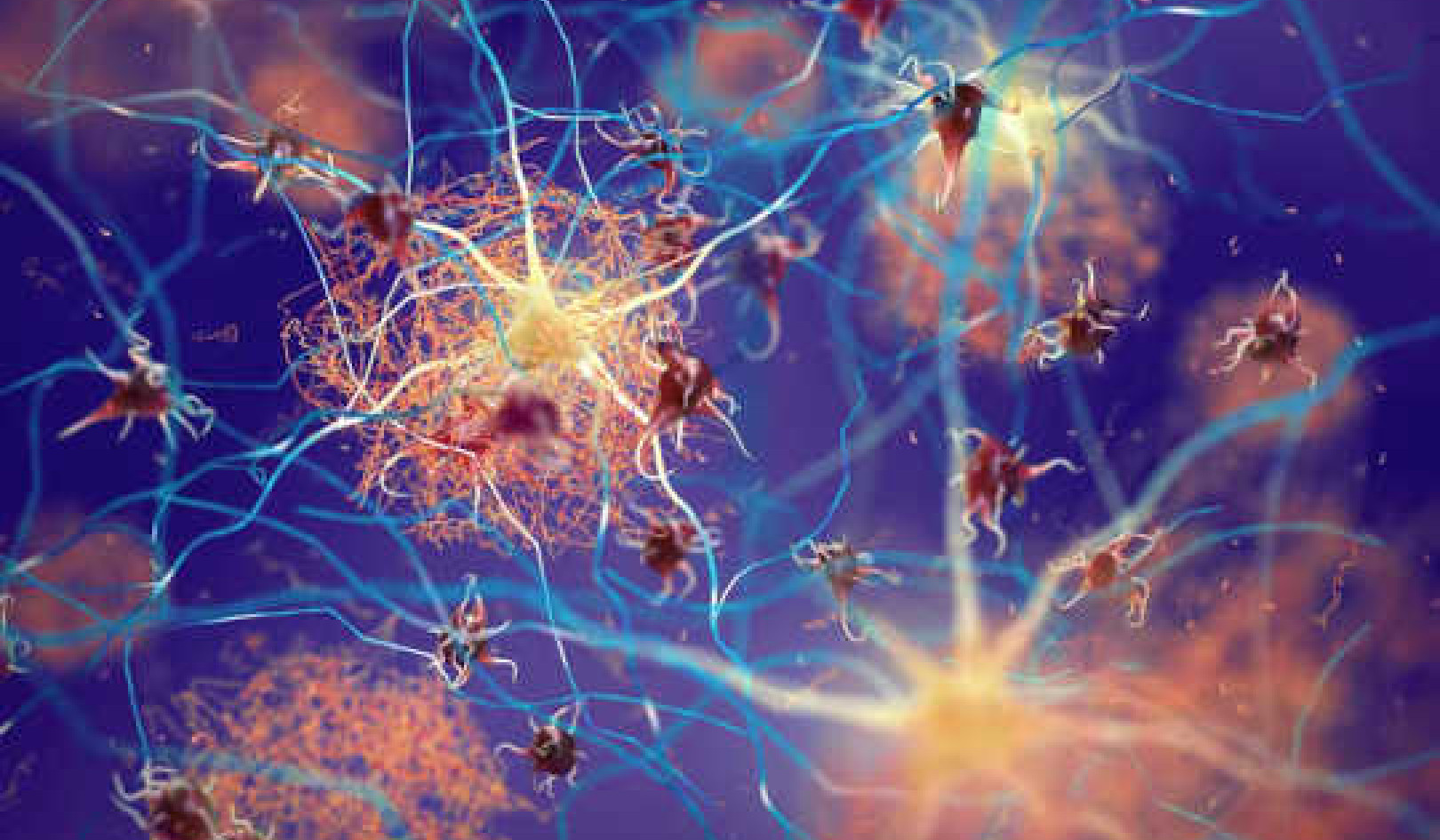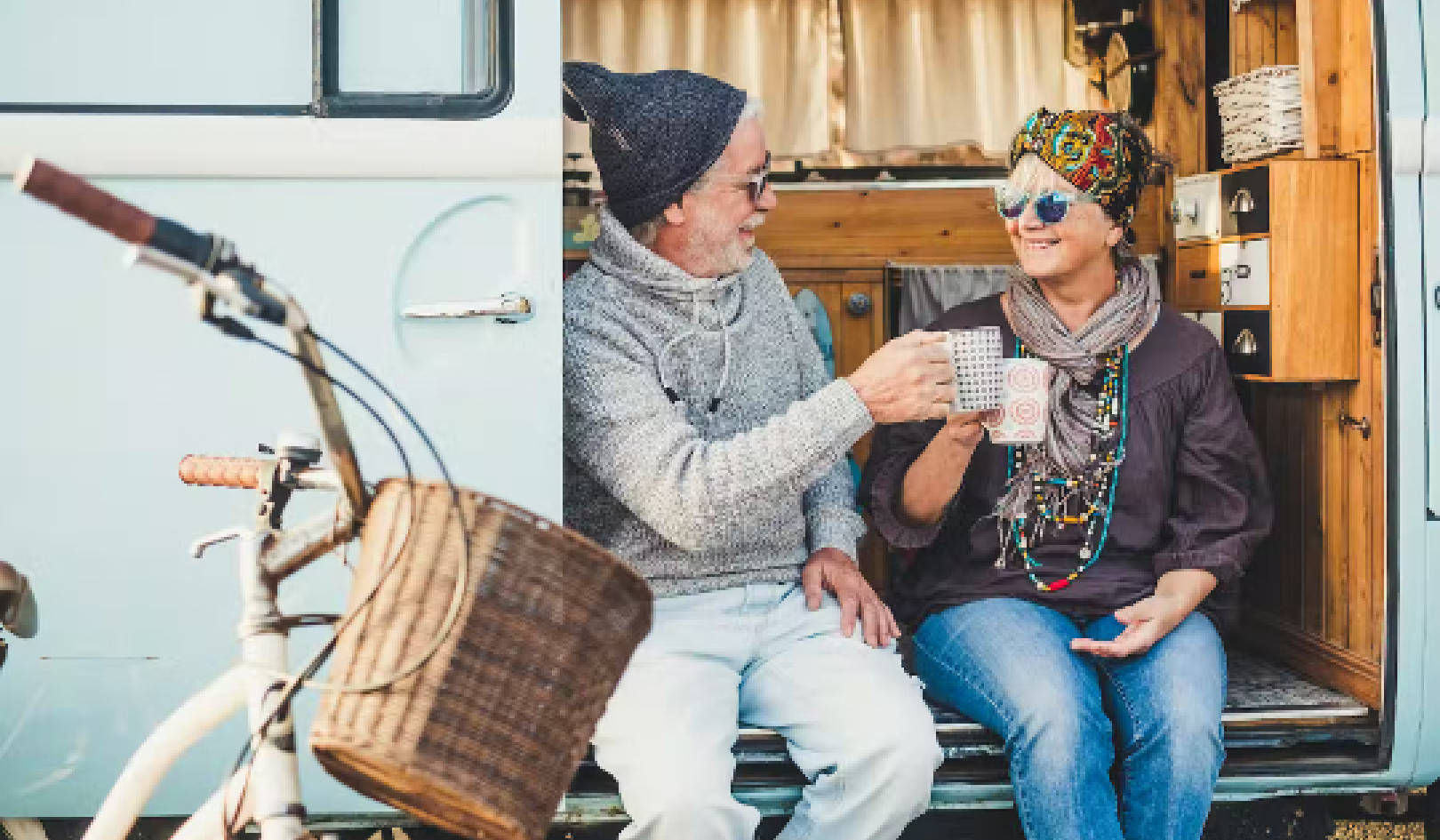
The most basic of life’s concepts, like simplicity, become profound because they have so much meaning to modern humans. It can take a lot of complex seeking to find simplicity. During my years with panic attacks, I yearned for simple thinking—to be able to just sit and ponder at length about one tree in the park, or nothing at all—but I found it impossible to still my mind to do so.
Why is simplicity so critical for your recovery? Because you are, frankly, a scatterbrain and need to learn to sit in repose and evaluate things and ideas as they come to you. Imagine that. Just you, calmly going about your day in a place of your choosing, taking each thing as it’s handed to you, and being able to make a cool, rational decision about each thing— because at that particular moment, that’s all you have to do. Your life is simple. You don’t have to clutter up your brain by anticipating everything.
I don’t want to get too deep about the subject of simplicity, but it seems like our world got so complex so fast (particularly in the last hundred years) that busy thinking became necessary in order to keep pace with everything and everyone around us. My theory is that people with panicky tendencies, such as a quick startle response, and a tendency to dramatize (ahem!), have to learn how to adapt to the chaos or they will be constantly nervous, like a rabbit.
We all know that a high level of anxiety leads to seemingly random panic attacks. What I learned in studying Buddhism gave me the tools to become a calm evaluator of whatever came my way. I learned to study things or situations objectively, and I developed confidence by making one good decision at a time before going on to the next. Sensible living is so simple, but some of us have to learn how to get back to simple, don’t we?
How To Control Chaos
One way to control chaos is to refuse to take it into your life. Remember it is possible to simply observe chaos. It’s also possible to avoid a lot of life’s madness by tuning in instead to the things that are meaningful to you.
I finally stopped listening to and watching the news, or any of the transitory goings-on going on. I know I will somehow hear of anything of major importance in world events and politics.
Your job is to become so attuned to your very basic nature that you can see a trigger for a panic attack for what it really is. If the trigger turns out to be a man-eating grizzly, go ahead and hit the adrenaline-accelerator switch and do that lightning-quick disappearing act that your caveperson muscles just made possible. But if the trigger is nothing but light and shadows, don’t do anything but enjoy the show. Doesn’t that sound simple? All you need to know is: is it or isn’t it the real thing?
Concentrating on the Things That Truly Matter
Study of Buddhism will teach you how to concentrate on the things that truly matter. Buddhists think of “things” as transitory, which most are. The belief is that attachment to things creates suffering. By simplifying your life, you may discover the things that make you happy and fulfilled aren’t things at all.
Focusing on the essentials will relieve your mind from ideas or situations that make you anxious. The path to simplicity is a process that will affect everything about you, including your thought patterns— which I guess is the point. You will also learn that simplicity is the gateway to creativity.
Many people cannot seem to think of themselves as creative, but creative just means having the desire to change and the willingness and means to express change. Someone who is satisfied with the status quo is not likely to be creative. If you’re ready for change, there’s one thing you’re not satisfied with, and that’s the status quo. Whenever you act to change something—anything!—you are bringing about change with your creative powers.
To A Creative Person, All Things Are Possible
As you more fully develop your creative side, you will gain increasing confidence, because to a creative person, all things are possible. A creative person can afford the luxury of coming to each new problem or project with nothing but a completely open mind. By embracing your own creativity, you learn that you can create a way to live life confidently, serenely, and happily. When you understand this about yourself, you are on a direct flight to recovery.
During the early part of your recovery, you will inevitably take a huge step and learn—by doing—just how creative you can be. At the beginning, as you evaluate the self-made structures that are keeping your fear of fear alive and kicking, you will start to see these structures for what they are—puppet strings controlled by an unseen and out-of-control primitive reflex. When you know this, you can figure out how to cut those strings so you can do your own dance. This requires a huge burst of creativity.
Working Without a Net: Relying On Yourself
I don’t recall just when it happened, but during one of my many desperate moments, I realized I had to be truthful with myself and admit the very scary truth that without puppet strings, there was nothing really reliable to save me during a panic attack. Doing this, I actually made a big step in my recovery. I acknowledged in that moment that I was actually all I could rely on, and that from then on, I would be working without a net.
The high stakes scared me witless at first, but then they liberated me. I was ready to take charge, and I felt lucky to be ready for this turning point when it came.
You have the capacity to be as creative as you will allow yourself to be. Anything is possible, and once you cut the strings, believe me, you will continue to want to challenge yourself by being bold and using your new skills creatively.
©2014 by Hal Mathew. All rights reserved.
Reprinted with permission of the publisher, Conari Press,
an imprint of Red Wheel/Weiser, LLC. www.redwheelweiser.com.
Article Source
 Un-Agoraphobic: Overcome Anxiety, Panic Attacks, and Agoraphobia for Good: A Step-by-Step Plan
Un-Agoraphobic: Overcome Anxiety, Panic Attacks, and Agoraphobia for Good: A Step-by-Step Plan
by Hal Mathew.
Click here for more info and/or to order this book.
About the Author
 Hal Mathew was born and raised in Billings, MT. He began his writing and editing career at The Billings Gazette. Despite being plagued by panic disorder and agoraphobia, his journalism career included several other newspapers and a wire service. With Un-Agoraphobic he has created a way for those suffering with continual anxiety and panic attacks to reclaim their lives. He makes pottery, gardens, and writes in his adopted home of Salem, Oregon. Visit Hal online at www.unagoraphobic.com.
Hal Mathew was born and raised in Billings, MT. He began his writing and editing career at The Billings Gazette. Despite being plagued by panic disorder and agoraphobia, his journalism career included several other newspapers and a wire service. With Un-Agoraphobic he has created a way for those suffering with continual anxiety and panic attacks to reclaim their lives. He makes pottery, gardens, and writes in his adopted home of Salem, Oregon. Visit Hal online at www.unagoraphobic.com.


























